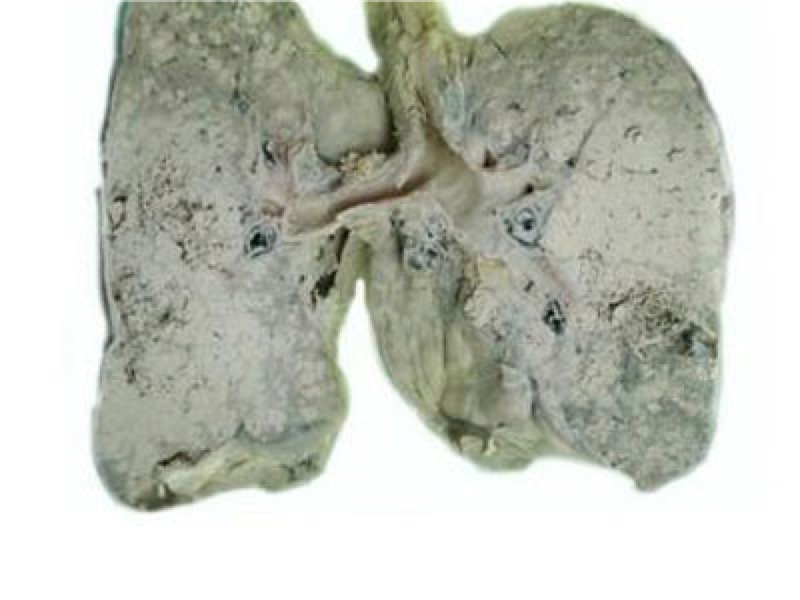Is the trophoblast cell tumor serious?
trophoblastic cell tumor is a disease of obstetrics and gynecology, which is divided into benign and malignant. The benign is called "hydatidiform mole" and the malignant is called "chorionic epithelial carcinoma". The factors that cause the disease are very complex and diverse , The clinical symptoms are different, and need to be actively treated, then, is the trophoblast cell tumor serious?

trophoblastic cell tumors are mild and severe, and symptoms of benign hydatidiform moles are often similar to pregnancy, there are Amenorrhea and pregnancy response. However, the pregnancy reaction is often earlier and more obvious than that of normal pregnancy. Irregular vaginal bleeding begins 6 to 8 weeks after amenorrhea. Initially, the amount of bleeding is small, dark red, and gradually increases and continues. Therefore, patients often have different degrees of bleeding. Anemia.
When hydatidiform moles are to be excreted on their own (usually around 4 months of pregnancy), major bleeding may occur and treatment is not timely, which may cause the patient to shock or even die. In the discharge of blood, sometimes transparent grape-like objects can be seen, if found, it is very helpful for diagnosis.
Invasive hydatidiform moles and choriocarcinoma are far more harmful than benign hydatidiform moles. Once diagnosed, they need to be dealt with in time. In the past, surgical removal of the uterus was used, and the effect was very poor, especially choriocarcinoma. Although hydatidiform moles are benign, they can also be dangerous if not handled properly. Once hydatidiform mole is diagnosed, it should be removed in time. At present, the official suction method is adopted. The advantage is that the operation time is short, the amount of bleeding is less, and the danger of surgical perforation is less common, and it is safer.
Except for some early cases, the disease is limited to some patients with no metastasis in the uterus that can survive. All patients with metastases die within 6 months after diagnosis, and the total case fatality rate is 90% ;the above. In order to improve the curative effect, the use of radiotherapy after surgery has a certain synergistic effect on tumors in certain parts, but the curative effect is still very poor for later cases.
Related Articles

- Early symptoms of lung cancer
- 2020-12-17

- Early Signs of Bladder Cancer
- What are the early symptoms of bladder cancer?
- 2020-12-17

- Is metastatic carcinoma easy to metastasize
- Once the cancer has metastasized, it will be very difficult to cure, because many people have lost their lives because of the emergence of cancer, so most people think that cancer is an un
- 2020-08-02

- What does microinfiltrating adenocarcinoma mean?
- Microinfiltrating adenocarcinoma is a type of lung cancer. The reason why it is called microinfiltration means that there is less infiltration around it, which means that it is in the early
- 2020-08-01

- How long can non-small cell adenocarcinoma live
- Adenocarcinoma is one of the most common malignant tumors in the world. Non-small cell adenocarcinoma accounts for about 80% of all adenocarcinomas. About 75% of patients are in the middle
- 2020-08-01

- Hand cancer
- Finger cancer generally refers to the appearance of skin cancer, which is characterized by local cauliflower-like skin and easy bleeding. Finger skin cancer is mostly a malignant tumor that
- 2020-08-01
